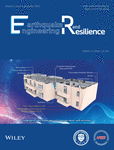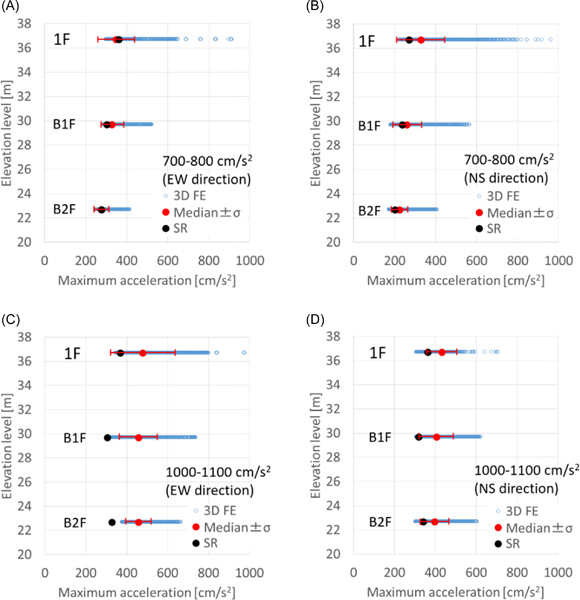Journal list menu
Export Citations
Download PDFs
ISSUE INFORMATION
RESEARCH ARTICLES
Forced vibration analysis model for pumped storage power station based on the 1D–3D coupling and pipe walls vibration
- Pages: 393-409
- First Published: 26 December 2022
Seismic response of a nuclear island building with base isolation considering the soil–structure interaction effect
- Pages: 410-426
- First Published: 26 December 2022
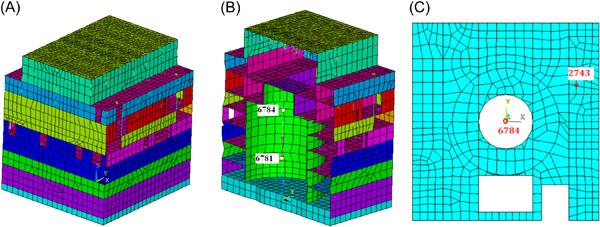
Modal analysis and dynamic time-history analysis of nuclear island (NI) building with base isolation based on different soil dynamic numerical models applicable for the homogeneous and layered sites to consider soil–structure interaction (SSI) effect were carried out. Comparison analysis of the natural frequencies, floor response spectra (FRS) and acceleration response of superstructure was conducted.
Uncertainty quantification of seismic response of nuclear reactor building using a three-dimensional finite element model
- Pages: 427-439
- First Published: 26 December 2022
Seismic and collapse performance of a hybrid structure comprising steel frame with precast concrete shear walls and cladding panels
- Pages: 440-453
- First Published: 22 December 2022
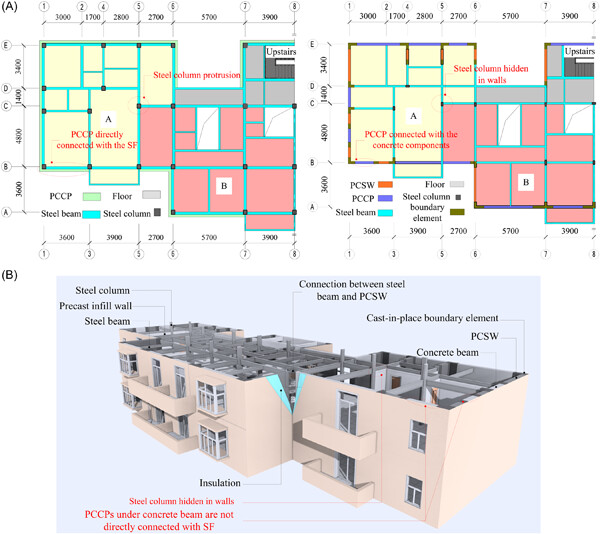
A hybrid structure constructed by replacing external steel beams and columns in the steel frame (SF) to precast concrete shear walls with insulation (PCSWs) and precast concrete cladding panels (PCCPs, SFPCSW) is proposed to avoid the problem of columns protruding from walls and PCCPs directly connected with SF. The analysis results show that the SFPCSW has better seismic performance and similar collapse resistance capacity to the SF. Using the pinned connection between the steel beam and PCSWs reduces the structural lateral stiffness and increases the earthquake load carried by the internal frame.
A statistical study of inelastic displacement ratio spectrum for existing structures
- Pages: 454-479
- First Published: 23 December 2022
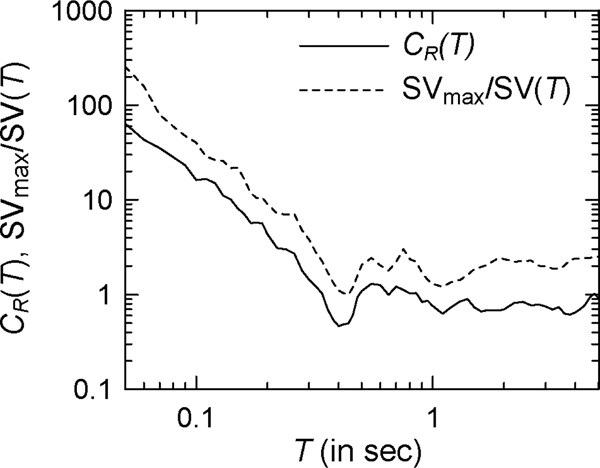
A comprehensive study is conducted for the parametric dependence of the inelastic displacement ratio in single-degree-of-freedom (SDOF) systems with known relative lateral strengths, on strong motion duration, earthquake magnitude, epicentral distance, and geological site conditions. This study is different from the earlier studies of similar types in that other governing parameters are kept fixed while the effects of variations in any particular parameter are studied. A scaling model is also proposed in this study for estimating the inelastic displacement ratio spectrum from a normalized relative velocity spectrum of the ground motion.




